Earthquake safety education school in Nepal
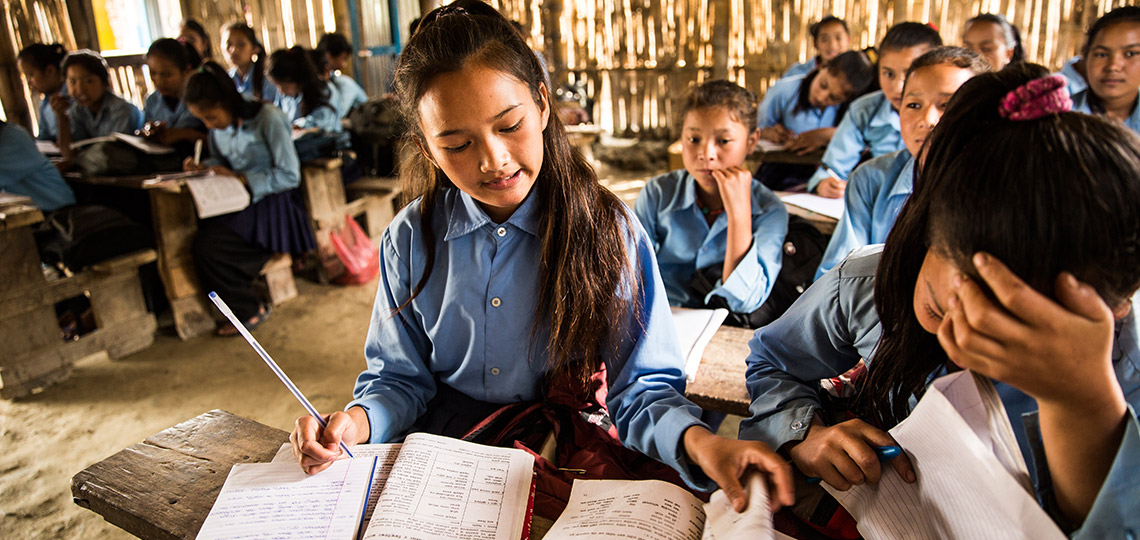
By Denis McClean
Reliefweb ,KATHMANDU :Four years after an earthquake that could have killed thousands of schoolchildren in many districts of Nepal, a concerted effort is underway to ensure that every school in the country has introduced a basic earthquake safety programme.
The so-called Gorkha earthquake claimed 9,000 lives and destroyed 14,500 classrooms but, by a stroke of good fortune, it occurred on April 25, 2015 at noon on a Saturday, the only day of the week when there is no school.
There is a need “to mainstream school safety and disaster risk reduction in the education sector,” according to the School Sector Development Plan published in 2016 by the Ministry of Education.
Nepal was probably the first low-income country to promulgate a safe schools programme and did so under the leadership of Amod Dixit, the Secretary-General and founder of the National Society for Earthquake Technology-Nepal (NSET).
It started out modestly in 1991 with support from USAID, retrofitting an average of three schools per year, a frustratingly slow pace for Mr. Dixit. Years of unproductive lobbying meant that by the time of the earthquake, just 350 to 400 public and private schools had been retrofitted out of a countrywide total of 35,000.
Most of these retrofitted schools are in the Kathmandu Valley and all survived to be used as shelters for the earthquake displaced in the immediate aftermath.
The Shree Shankheshwor Mahalxmi Secondary School in Kavre district lost ten classrooms in the 2015 7.8 earthquake, which claimed many lives in the locality including that of one student.
School Principal, Mr. Bahadur Tamang, said he did not think any of the children would have been killed as the classrooms were not completely flattened but he fears there would have been many injuries.
He is proud of the quality of the reconstruction work carried out on the school with the support of the Asian Development Bank (ADB) and looks forward to the addition of four more classrooms to ease overcrowding.
The school is about to provide twice monthly earthquake drills and training for the 300 students aged 4 to 16 following three days of training for the 19 school staff provided by ADB last month.
There is now the outline of an emergency evacuation plan on the wall of the staff canteen indicating that the children would evacuate the classrooms for the open ground of the nearby football field.
Rabina Thapa (15) was just 11 and at home minding her younger brother and sister when the earthquake struck. Thanks to teaching at the Divine Light private school she knew what to do and once the worst tremors subsided, she took her siblings out onto open ground.
She now attends the Mahalxmi school and says: “I think we should give some knowledge to the children. It’s good that we are going to start earthquake drills here.”
Mr. Tamang’s school is a well-run public school providing free education. We also visited a private school the Himalayan International Academy in Dhulikhel, a town to the east of the Kathmandu Valley. We arrived during the morning assembly as the children did calisthenics and sang the national anthem, a good moment in the day to say a few words about earthquake risk?
The school buildings survived the earthquake. A spokesman said earthquakes were covered in science classes but there was no programme in place to provide drills and training to the children in the event of another major earthquake but following our visit they are now considering it.
In a reminder to every one of the risk, there were three strong tremors felt in the Kathmandu Valley the day before the 4th anniversary of the Gorkha earthquake.






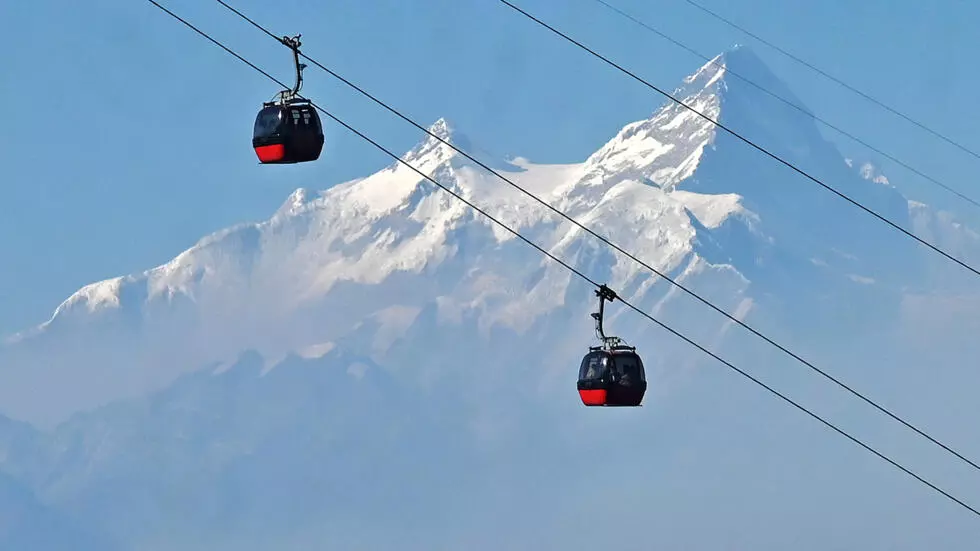
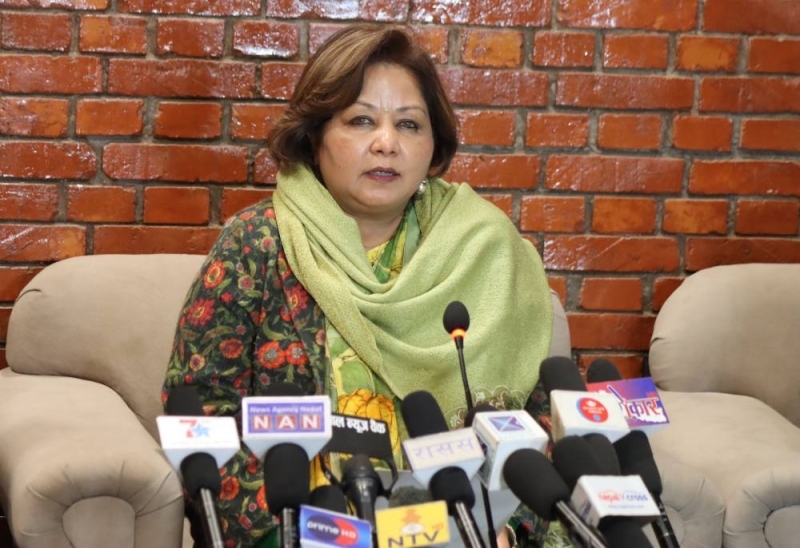
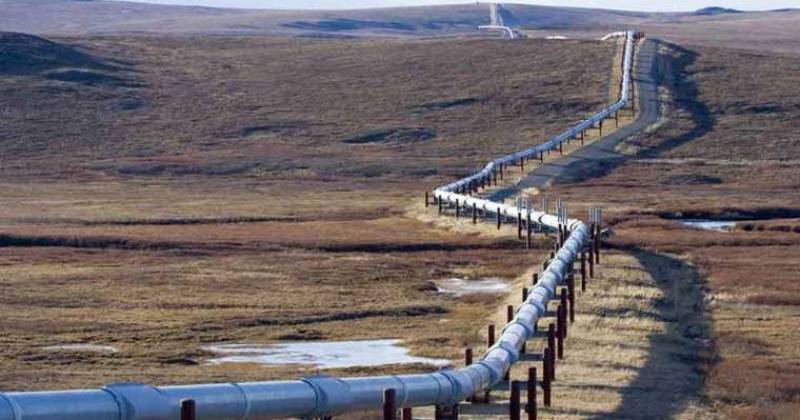


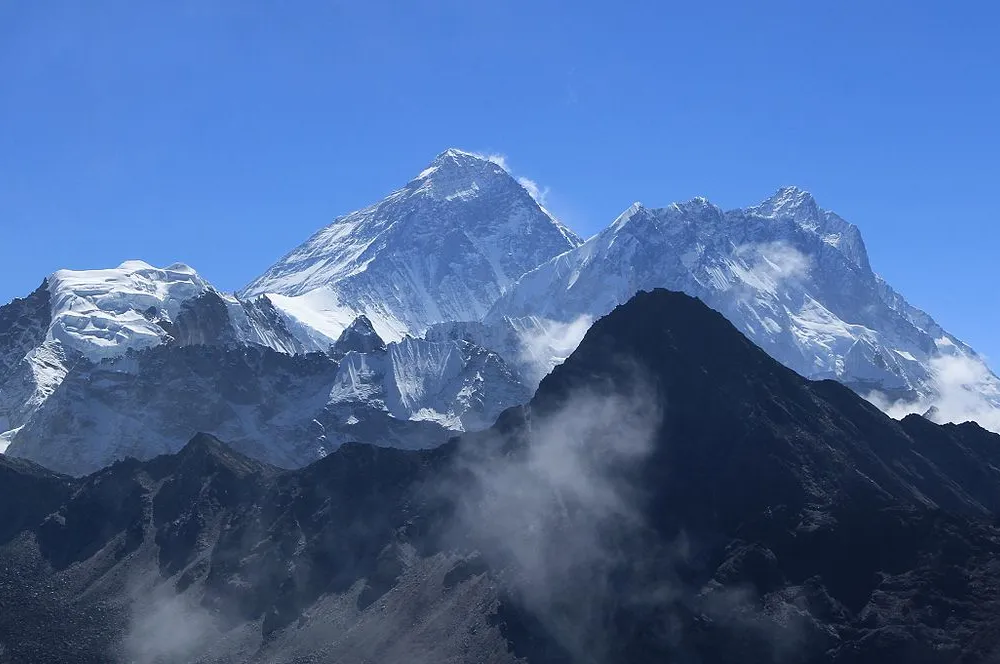







Facebook Comments